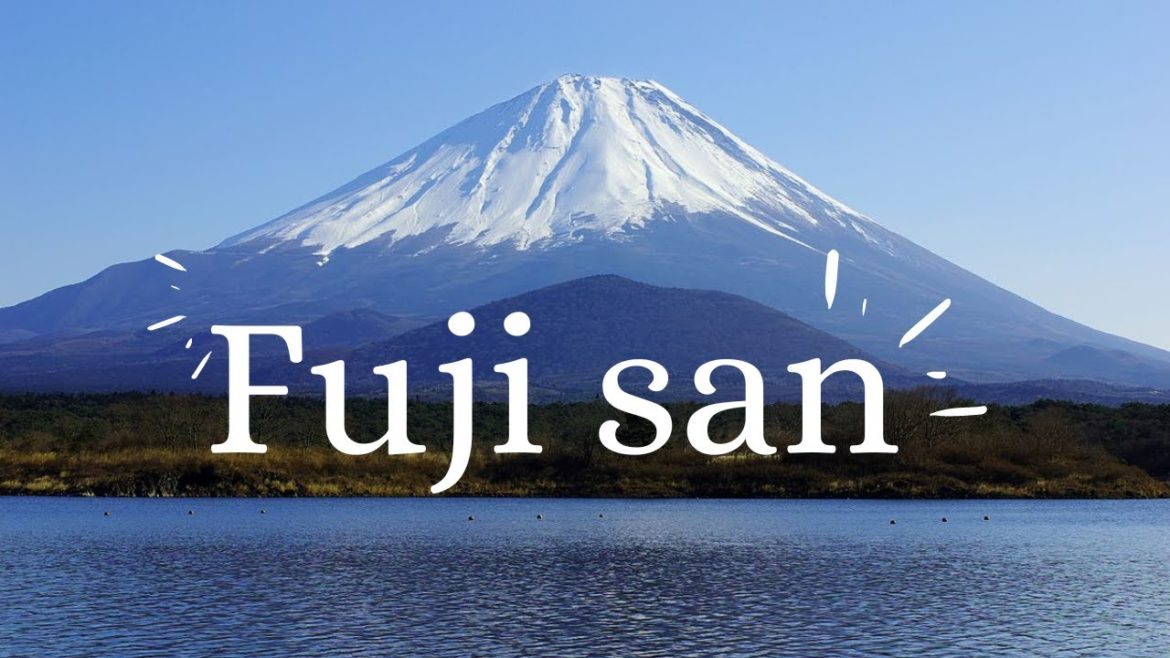Fuji-san (aka Mount Fuji), located 100km southwest of Tokyo, is the highest mountain in Japan and is known around the world as a symbol of Japan as well as Japanese beauty. The volcano is now considered dormant having its last erruption end in 1708. For climbers it can be a very interesting mountain to visit throughout the year but for vastly different reasons during the official climbing season (July 1 – August 27), immediately outside of the climbing season, and during the winter. During the climbing season, this is your chance to hike up the mountain with up to 2000 people per day and literally run into gridlock on the mountain as hordes of people stream out from the mid-mountain huts to wait for the sunrise, possibly preventing you from reaching the summit in time and forcing you to see it on the slopes. What may be more interesting during the climbing season, however, is that you can also see people climbing with the use of oxygen canisters usually reserved for 8000m peaks. The months on either side of the official season will allow you to climb in peace and quiet without the commercial activity huts. Winter time is a time for mountaineering, skiing, snowboarding, and even winter camping on this peak. Many tourists buy walking stick or bring up a block of wood to collect brandsat each of the stops, however, this is one item you won’t be able to get outside of the tourist season.
The fact that most people who climb Fuji-san are not climbers is evident in the popular saying: “He who climbs Mount Fuji once is a wise man, he who climbs it twice is a fool.” This may also account for the need for supplemental oxygen by some climbers. Another popular saying is that Fuji-san is the most climbed mountain in the world, however, this has recently come under debate with New Hampshire’s Mount Monadnock (3,165 feet), with 125,000+ climbers / year, as the challenger.
There are four ascending and three descending YDS class 2 routes to and from the summit, the most popular of which is the Kawaguchiko Route (~4.5 km) from the north. Kawaguchiko means “Lake Kawaguchi” and has the easiest trailhead to reach from Tokyo. The trail initially goes around the mountain clockwise, losing some elevation before ascending to the Sixth Station (Roku-gome) where you join the Yoshida Route to the summit. There is an Anzen Centre (safety center) here. Above the Sixth station you will see many barriers put in place to prevent rockslide as you follow the lava road up past several huts to the Seventh Station (Nana-gome). Follow the switchbacks as the trail stepens beyond the Eighth (aka Old Eighth) stations where you will reach the crater rim and be greated by a pair of lions and a torii gate, Kusushi-jinja. You are now on the northeast end of the crater and you will need to make your way around the crater rim to the summit Tsurugi-ga-mine (3776 m). For the desent route, follow the same route you came up until just below the Eighth Station where the descent track will brach right (east) to follow a less steep path down (this is also the winter ascent route) joining the ascent route at the Sixth Station. The Fuji Suburu Line road to the Fifth Station here is typically open during the winter as is the tourist facilities, making this one of the more popular winter routes.
#fujisan#mt.fujijapan#koichvlogs


2 Comments
Hami rocks 🤟😊
😯😯🥰